Muscle cars, with their powerful engines and bold designs, have always captivated automotive enthusiasts. One distinctive feature of many classic muscle cars is the rear window slats, or louvers, which have sparked curiosity and debate over the years. Rear window slats on muscle cars serve both functional and aesthetic purposes, drawing attention for their unique contribution to the vehicle’s style and performance.
Historical Context of Rear Window Slats
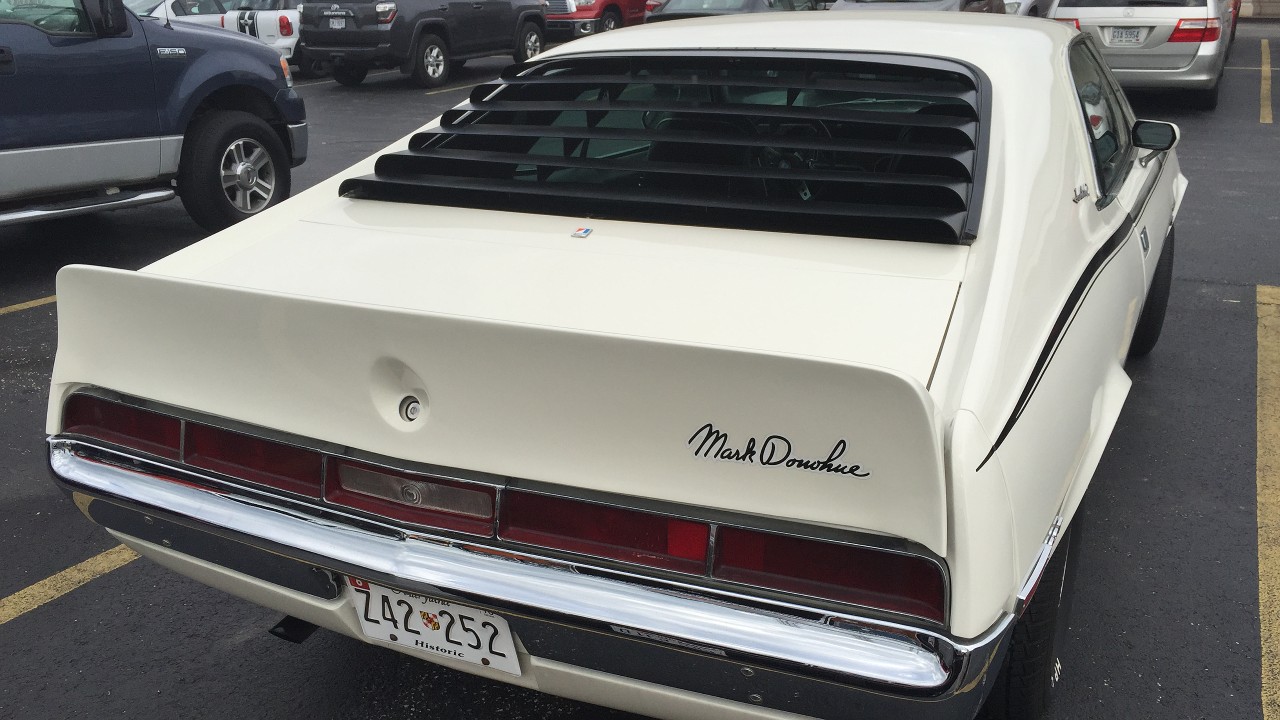
The emergence of rear window slats dates back to the late 1960s and early 1970s, a period often referred to as the golden era of muscle cars. During this time, American car manufacturers were engaged in fierce competition to produce vehicles that not only performed exceptionally but also looked the part. As a result, distinctive design elements like rear window slats became increasingly popular. The car culture of the era, with its emphasis on power and style, played a significant role in popularizing these features among enthusiasts who sought to make bold statements with their vehicles.
Aerodynamics and design trends of the time also contributed to the adoption of rear window slats. With the increasing importance of speed and performance, car manufacturers began to explore ways to reduce drag and improve fuel efficiency. Although the precise aerodynamic benefits of rear window slats were not always clear, their presence suggested a focus on enhancing the vehicle’s overall design. The slats complemented the bold and aggressive aesthetics that were characteristic of muscle cars in that era, reinforcing their image as high-performance machines.
Functional Benefits
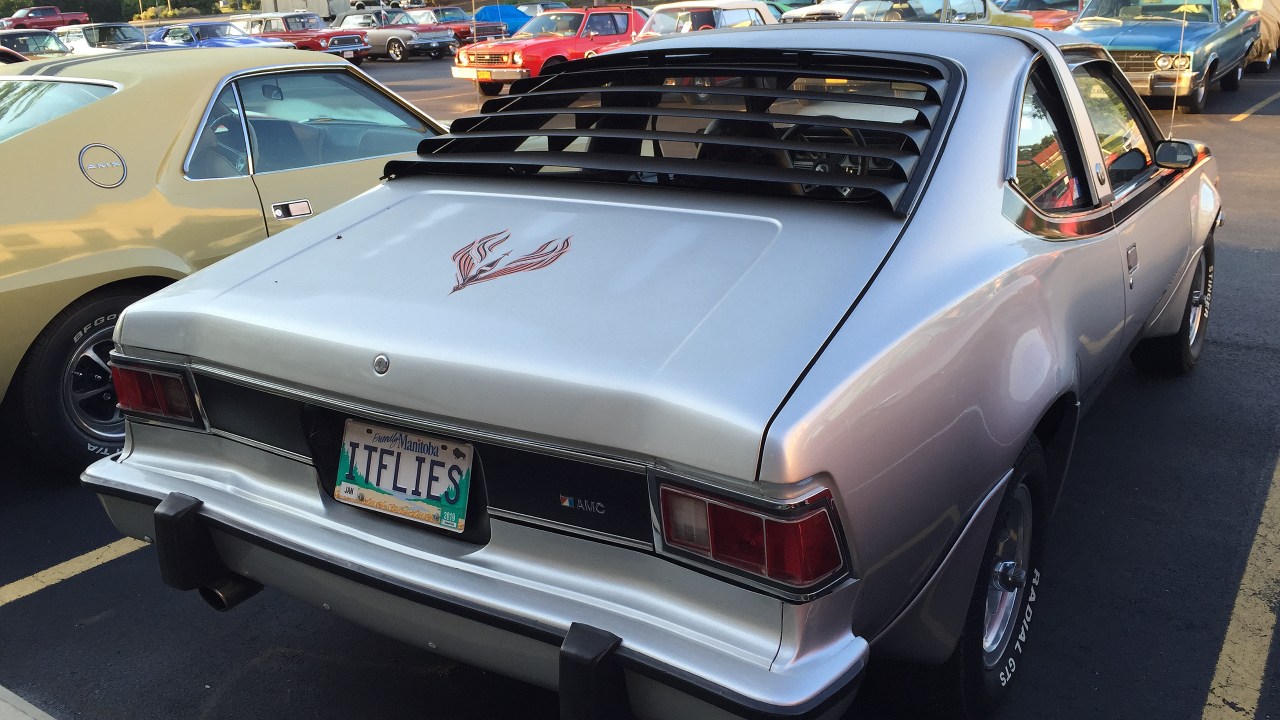
One of the primary functional benefits of rear window slats is their ability to reduce heat inside the vehicle. By blocking direct sunlight, these slats help keep the interior temperature lower, providing a more comfortable environment for drivers and passengers. This passive cooling method was particularly valuable in an era when air conditioning was not as prevalent or efficient as it is today. Compared to modern alternatives like tinted windows, rear window slats offered a stylish yet practical solution to combat excessive heat.
In addition to heat reduction, rear window slats also played a significant role in minimizing glare. By reducing the amount of sunlight that enters the vehicle, these slats enhance driver visibility, a critical factor for safety and comfort on the road. The reduction of glare not only improves the driver’s ability to see the road clearly but also reduces eye strain, contributing to a more pleasant driving experience. The impact of glare reduction on driving comfort and safety is a testament to the thoughtful design considerations that went into incorporating rear window slats into muscle cars.
Aesthetic Appeal
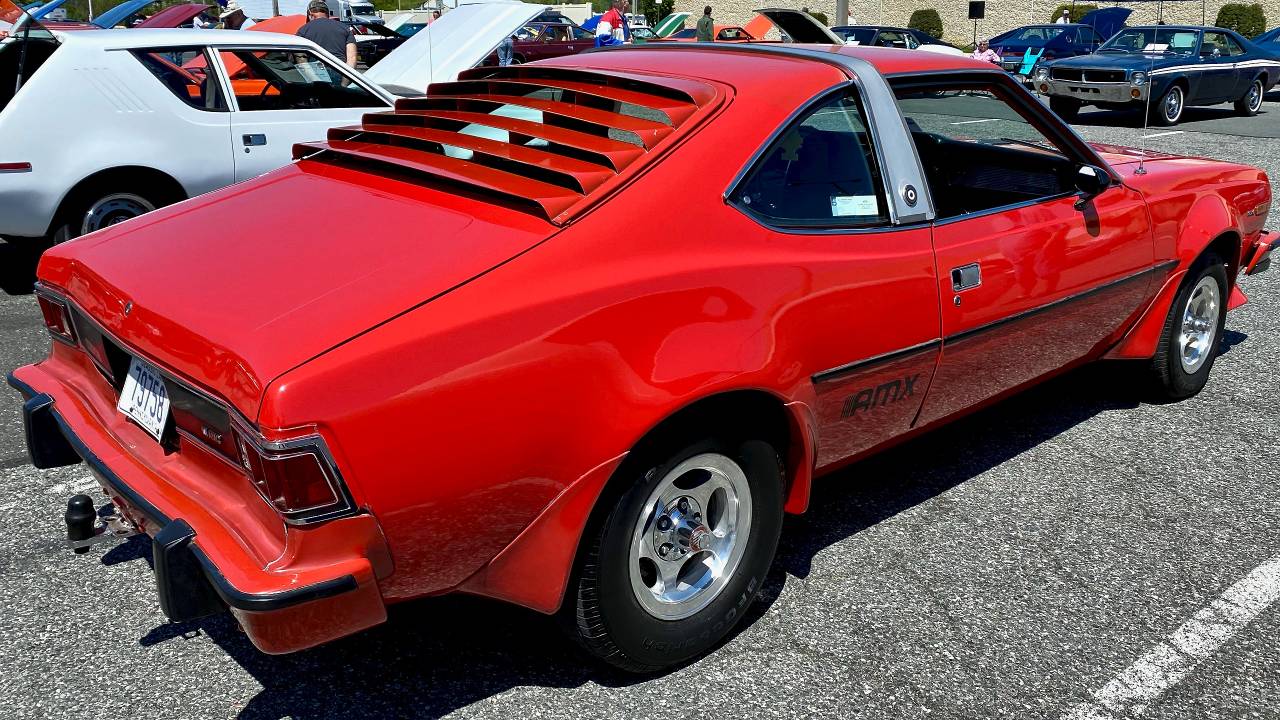
Beyond their functional benefits, rear window slats significantly contribute to the aggressive and distinctive look of muscle cars. These slats create a visual impact that enhances the vehicle’s overall appearance, reinforcing its image as a powerful and stylish machine. Specific models, such as the Ford Mustang Fastback and the Chevrolet Camaro, often featured rear window slats as a defining visual element, adding to their allure and desirability among car enthusiasts.
The cultural symbolism associated with rear window slats cannot be overlooked. These slats became a symbol of performance and rebellion, resonating with a generation that valued individuality and freedom. Muscle cars with rear window slats were frequently featured in iconic car films, further cementing their place in automotive history. The mystique surrounding these vehicles, bolstered by their appearance in popular media, contributed to the enduring appeal of muscle cars and their distinctive design elements.
Contemporary Relevance
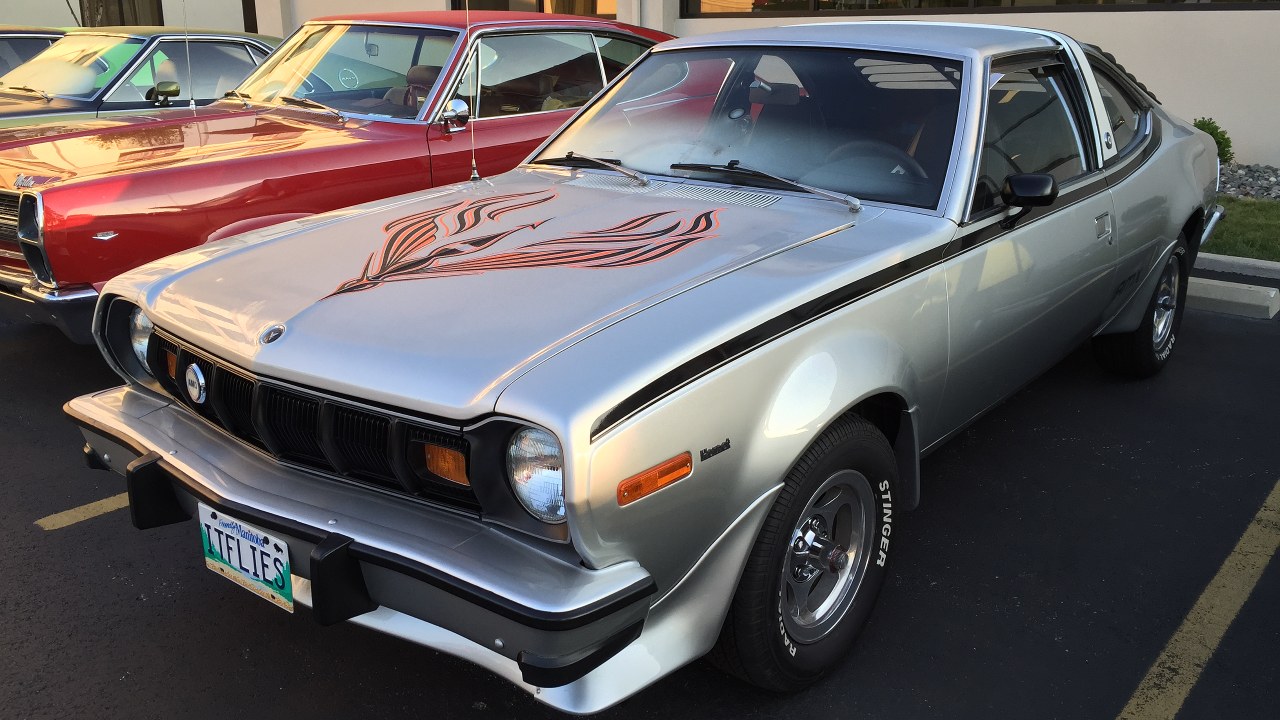
In recent years, there has been a resurgence of interest in retro design elements, including rear window slats, in contemporary muscle cars. Manufacturers have reimagined these features, incorporating them into modern designs while maintaining their classic appeal. This revival of retro styling reflects a broader trend in the automotive market, where nostalgia and heritage play a significant role in shaping consumer preferences.
Collectors and restorers have also shown a keen interest in maintaining or adding rear window slats to classic muscle car models. The presence of original or aftermarket slats can significantly impact the market value and desirability of these vehicles. Enthusiasts appreciate the authentic look that slats provide, and their inclusion is often seen as a testament to the car’s historical significance. Events like the Bonhams Quail Lodge auction highlight the continued relevance and appeal of muscle cars with rear window slats, attracting attention from collectors worldwide.
Technological and Engineering Aspects
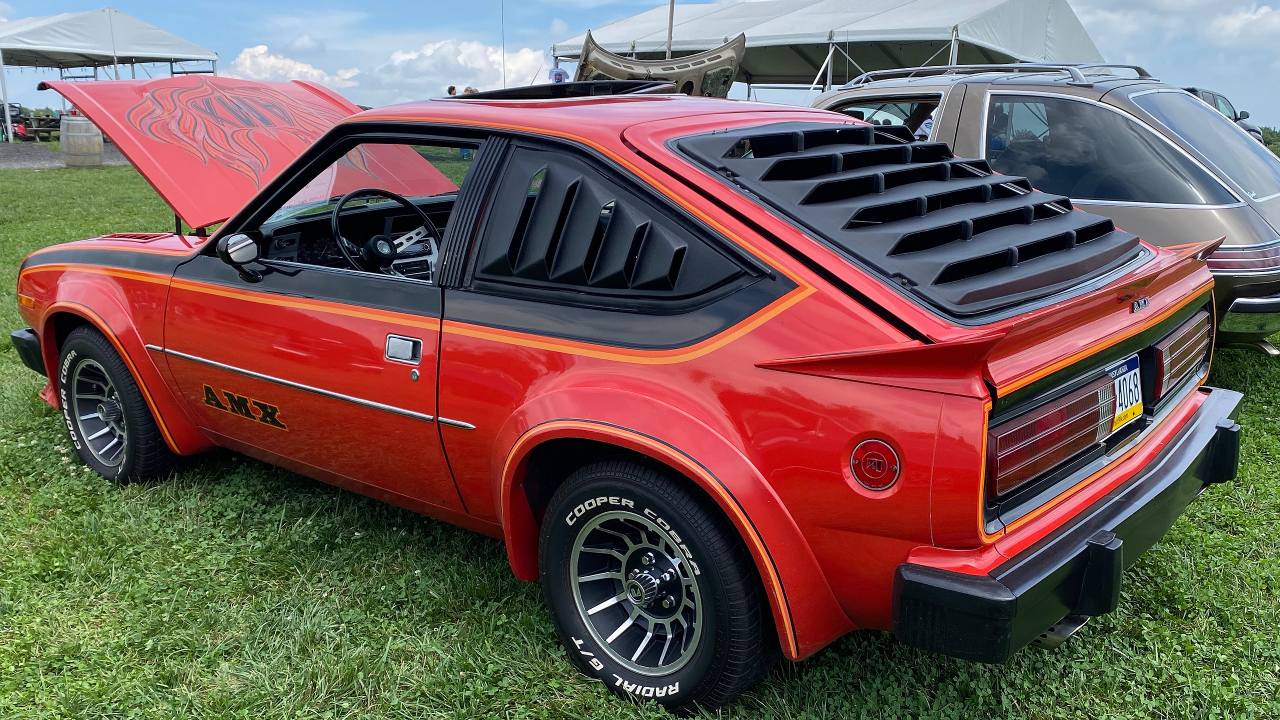
The materials used in the manufacture of rear window slats have evolved over the years, reflecting advancements in technology and design. Early slats were often made from metal or heavy-duty plastic, providing durability and resistance to the elements. Today, manufacturers have access to a wider range of materials, allowing for greater flexibility in design and functionality. The engineering challenges involved in maintaining the effectiveness of rear window slats while enhancing their aesthetic appeal have driven innovation in this area.
While the impact of rear window slats on vehicle performance and fuel efficiency may not be immediately apparent, they do play a role in the overall aerodynamic profile of the car. Studies and tests have been conducted to assess the aerodynamic benefits of these features, exploring their potential effects on drag and airflow. While the results may vary, the inclusion of rear window slats is often seen as a deliberate design choice that balances functionality with visual impact.
Like Fast Lane Only’s content? Be sure to follow us.
Here’s more from us:
*Created with AI assistance and editor review.

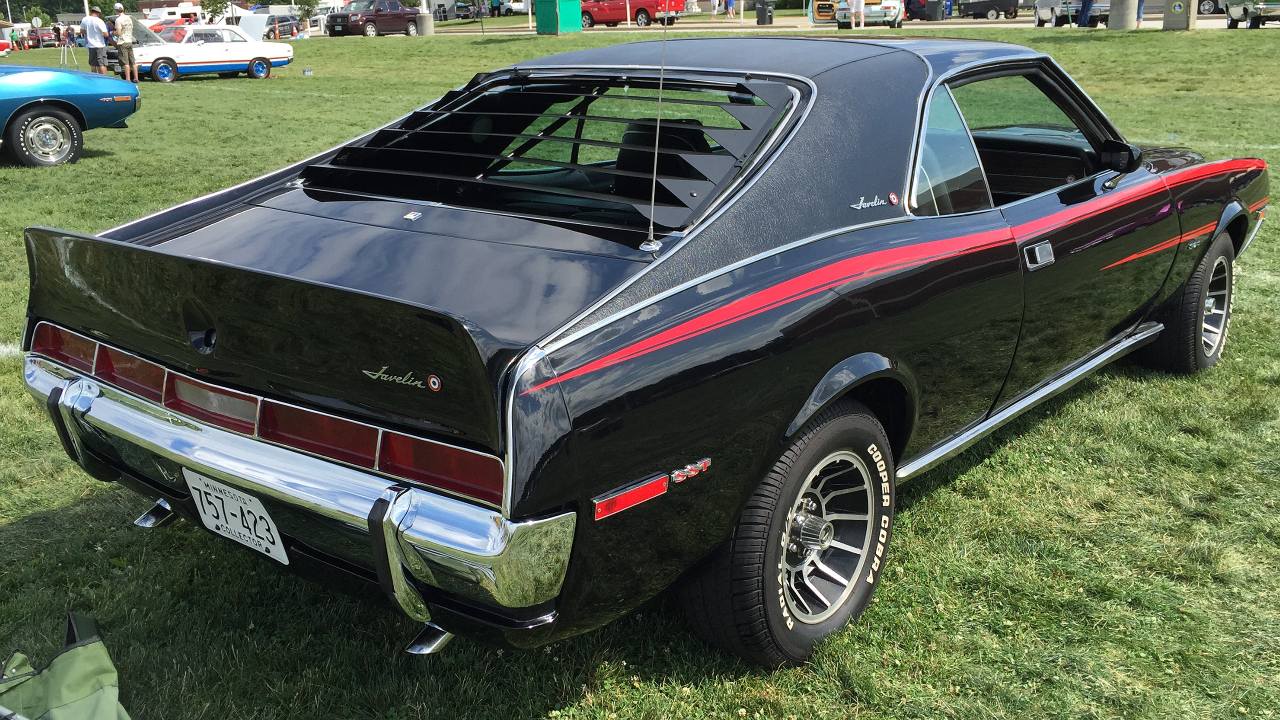

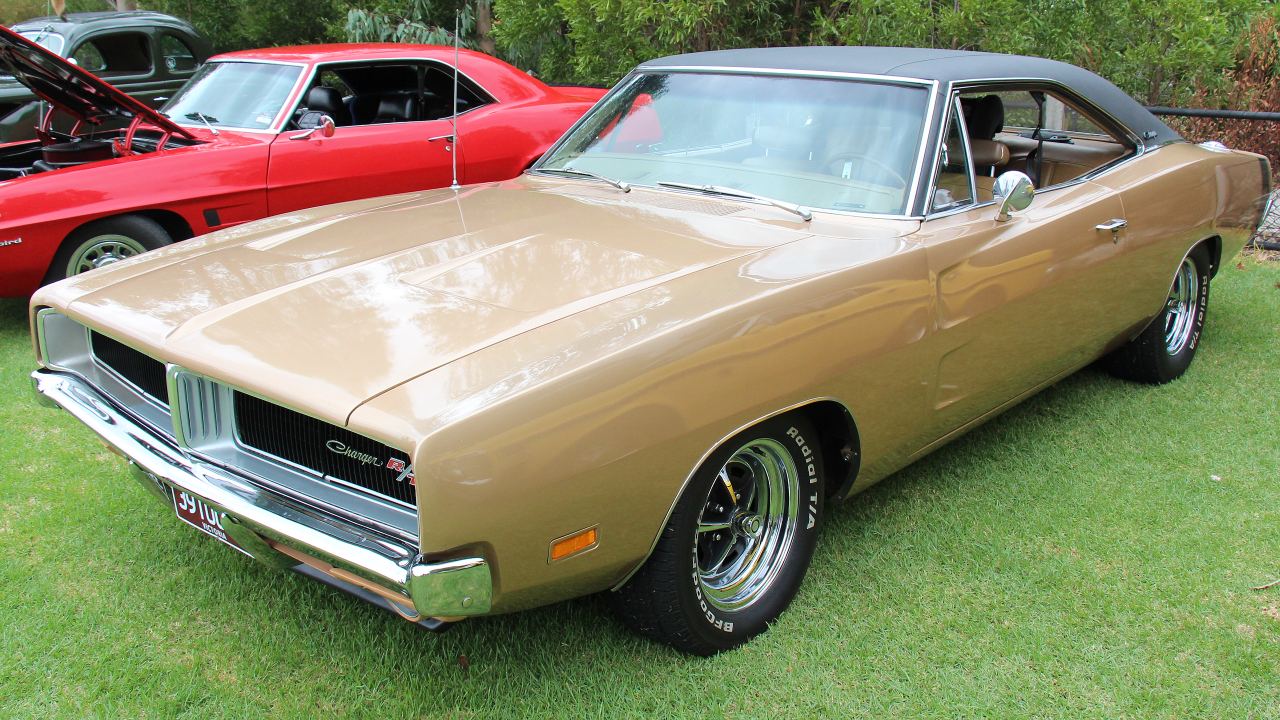
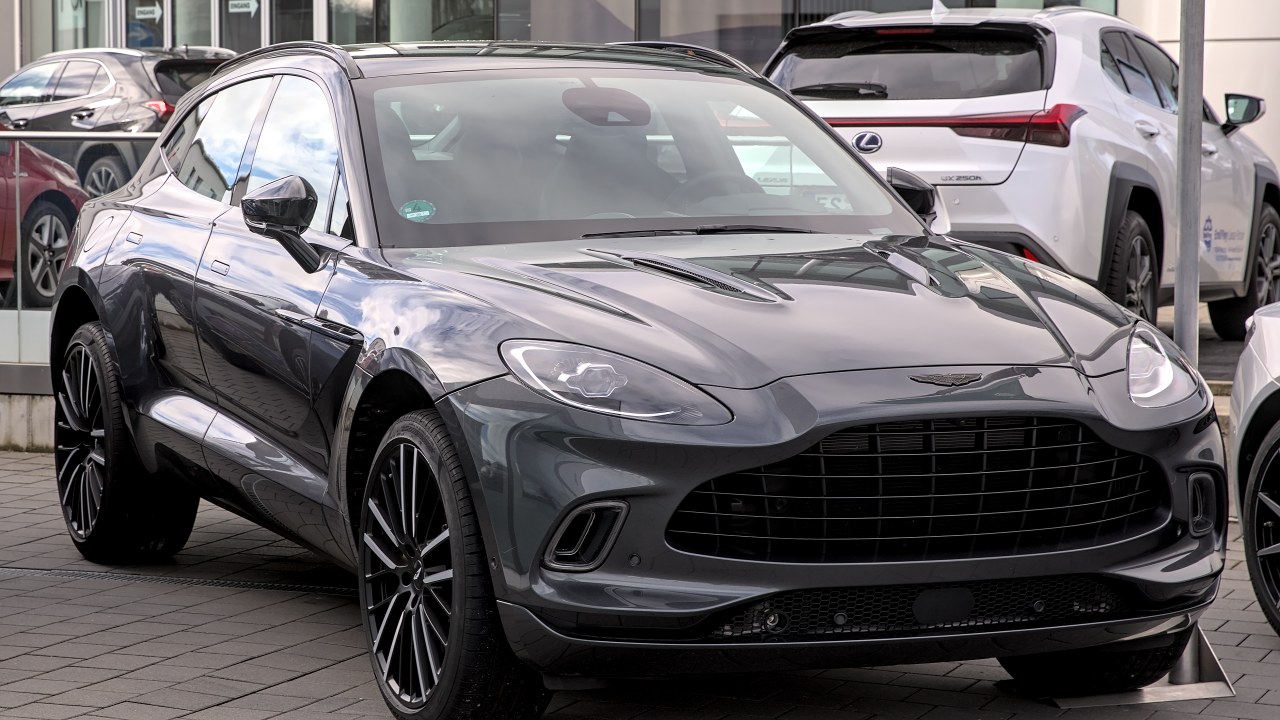

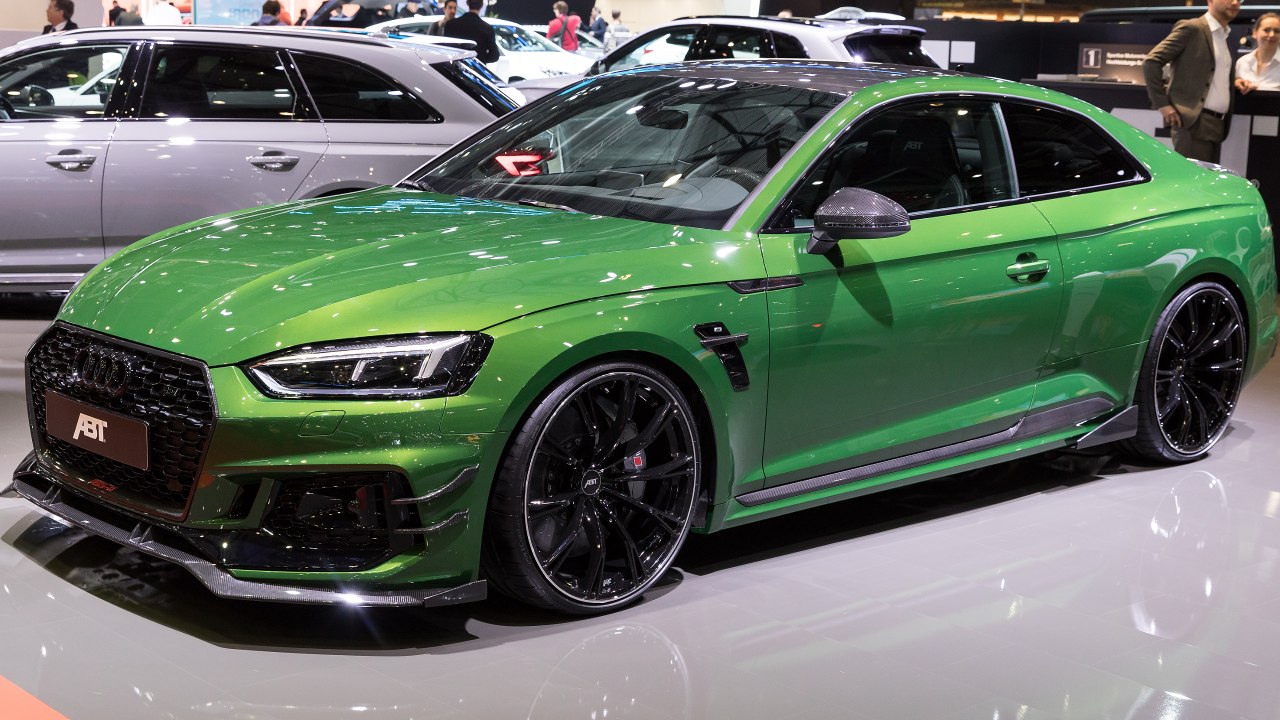
Leave a Reply